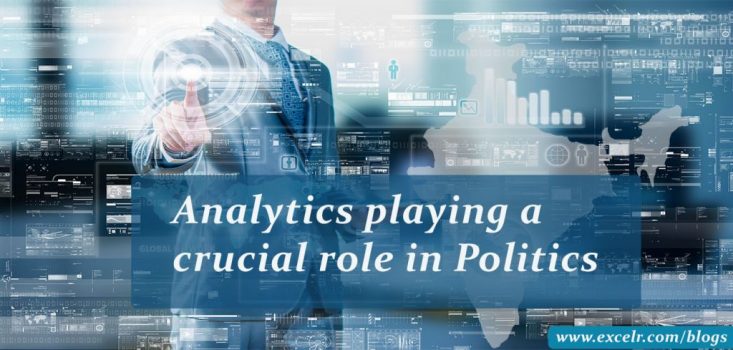Data analytics is moving out of research labs into real-time monitoring of people’s reaction to politics, policy, and rapid responses to crisis situations. It will play a significant role in changing (future) political outcomes – Amit Sheth
Modern India is a vast country that boasts numerous states, regions, languages, cultures, dialects, and distinct food and dress habits. The political system of Parliamentary Democracy imparts dynamism to this vast and widespread realm. Large sections of young, urbanized, and educated citizenry have enjoyed the outcomes of economic buoyancy during the last three decades. These constituencies are connected by smartphones, social media, the mobile Internet, instant messaging platforms, etc.
Concurrently, India’s democratic processes entered the digital age, a fact that was apparent during the last general elections. Digital technologies, Big Data, and data analysis played a crucial role in that general election. The gargantuan exercise in 2014 deployed more than 930,000 polling booths, 1.7 million voting machines, and used the energies of 11 million personnel.
Political parties and their strategists have realized the importance of mining real-time demographic and polling data. The various data points may include voter sentiment, mass emotions, myriad citizen concerns in different constituencies, popular outlooks in various states, etc. India’s political parties have moved to mine such data and create insights that influence subsequent political behavior. Among other things, political parties can use these insights to pull voter donations, convert undecided voters, enroll young volunteers, and organize resources to improve the effectiveness of electioneering activities. Data can also influence routine political work such as canvassing, phone calls, micro-messaging initiatives, and social media campaigns.
Political strategists and digital analysts can deploy modern software analytics to create detailed maps of voting patterns at the booth level. Data analytics can help these campaigners to paint a vivid picture of political winds, party supporters, and trenchant opponents in every region. Further, deep analytics can be deployed to investigate group communication behavior. This exercise can help politicians and their supporters to leverage appropriate technology to boost communication with individual voters.
Role of Analytics in Politics
“Our primary campaign was on digital and social media. We were involved in setting the narrative, changing the tone, and reacting to social media posts,” states a digital evangelist for a prominent political party in India.
Political campaigns underpinned by digital initiatives can consume time and resources. Significant investments are required for planning a digital campaign, years of meticulous data collection activities, collating information scientifically, and drawing actionable insights from various data streams. Consistent refinements can fine-tune various aspects of using digital tools in Indian democratic politics. Digital experts note that a data dashboard should be a useful tool in a political constituency. The utility stems from the fact that politicians can use the dashboard to understand the needs of a certain community or a constituency. Data from public forums can power part of this dashboard. However, operators must finalize the various elements that comprise the dashboard before the digital tool commences operations.
Certain political leaders have heeded advice from digital experts to pay attention to the patterns emerging from text analytics. This branch of data science pulls and analyses digital information from conversations underway in multiple social networking and micro-blogging sites. These tools can help determine demographic profiles and socio-economic perspectives. For instance, a political leader that is aware of the educational achievements of his voters can lobby for certain categories of government funds.
Alternatively, said leader can encourage specific industries to create investments in a particular sector with a view to create a targeted impact on employment patterns. These instances demonstrate the very real use of digital technologies in a large democracy like India.











